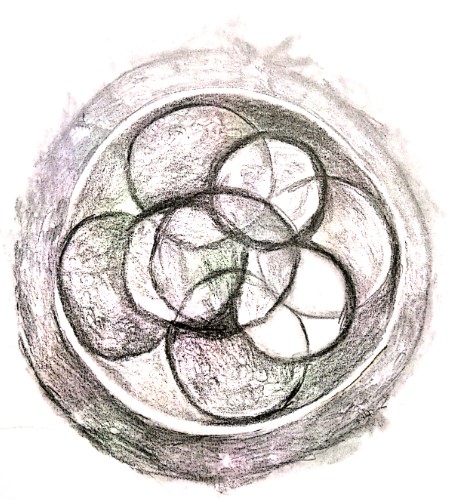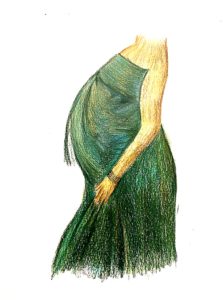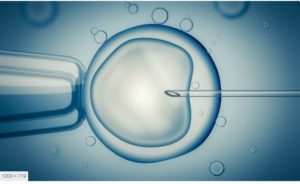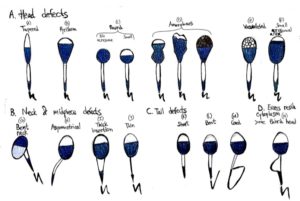Testicular torsion is a condition occurring in about 1 in 4000 males under 25, where one testicle will rotate within the sac. The rotation twists the spermatic cord, which brings blood to the scrotum, and the resulting reduced blood flow causes severe pain and swelling. Testicular torsion can occur at any age, however, it is most commonly found in teenage males.
The condition is extremely dangerous, as a lack of blood flow to the testicle can cause irreparable damage, and requires emergency surgery to untwist the testicle and restore blood flow. If treatment is immediate, the testicle can usually be saved. The surgery is performed under general anesthesia through a small scrotal incision.
Symptoms of testicular torsion include the sudden onset of severe scrotal pain, along with nausea and vomiting, frequent urination, fever, scrotal swelling, and abdominal pain. The twisted testicle can be seen at a higher position than normal or at an abnormal angle. Confirmation of testicular torsion can sometimes be done through ultrasound, however, it does not always detect the lack of blood flow; surgery is often needed in order to determine the cause of the symptoms.
The cause of testicular torsion is unknown. It can occur following a minor injury while sleeping, sitting, or while exercising. Since it most commonly occurs in teenagers, it is suspected that rapid testicular growth during puberty may also be a factor. The condition can be passed down, as the ability of the testicle to rotate (the testicles are not attached to the scrotum properly) is an inherited trait. In such a case, one may choose to surgically attach both testicles to the inside of the scrotum, to prevent them from rotating.
When not treated within 12 hours from the onset of pain, there is a 75% chance that damage from the torsion will cause testicular death or irreparable damage. In such cases, the affected testicle will likely be removed.




